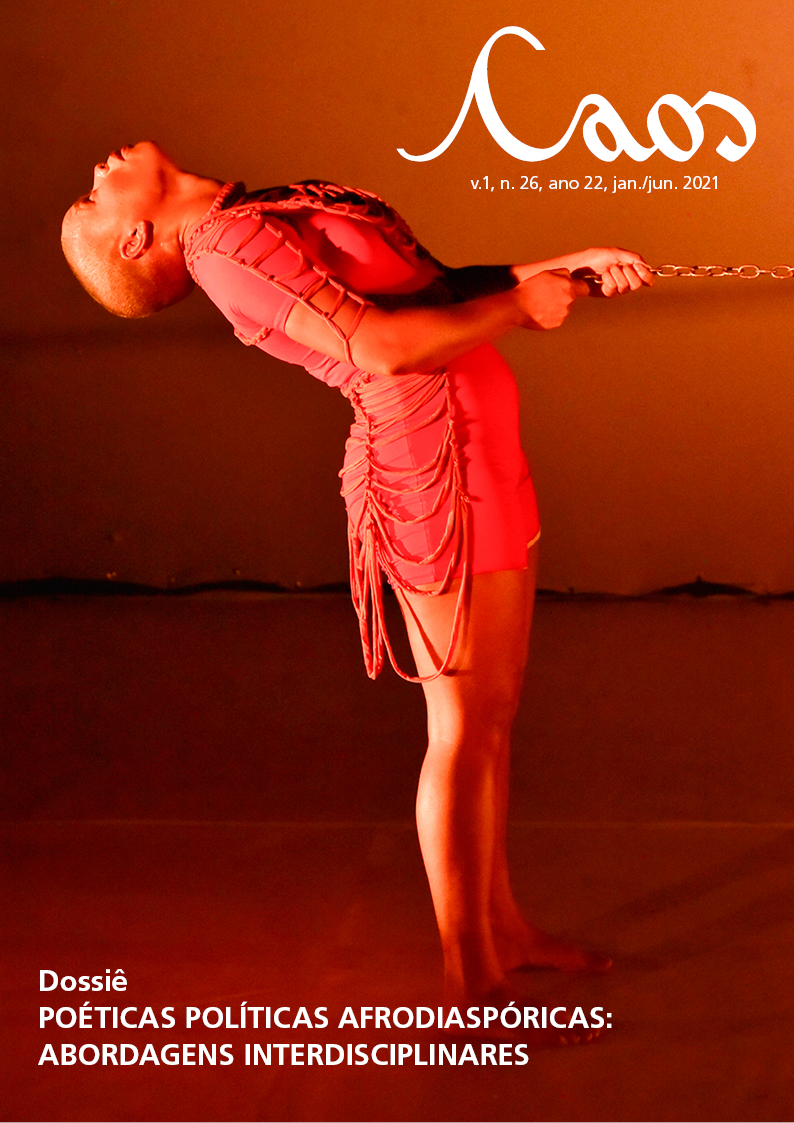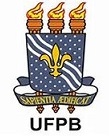PARLIAMENTARY CONTROL THROUGH THE SPEECHES OF DEPUTIES IN THE 55TH LEGISLATURE
DOI:
https://doi.org/10.46906/caos.n26.57782.p246-264Keywords:
Legislative Power, Parliamentary Oversight, Oversight and Control Tools, SpeechesAbstract
This article examines the use of formal parliamentary oversight instruments made available to parliamentarian from 1988 to 2018 and the speeches of federal deputies with a supervisory bias from February 2, 2015 to January 31, 2019 (55th Legislature). The objective is to quantify the control tools in relation to the speeches made during the Great Expedition in the Chamber of Deputies. The methodology is based on quantitative technique, especially in the comparison of totalizing variables, and qualitative, with the objective of classifying propositions and interpreting the results. It is concluded that parliamentary control in numerical terms decreased, as well as the participation of the speeches containing expressions related to the inspection. In effect, the possibility of migrating deputies to other platforms and/or reducing the transformation of inspecting themselves through speeches. Thus, the importance of studying the typical supervisory function of the Legislative Power is emphasized, in order to understand its operation and improvements.
Downloads
Metrics
Published
Issue
Section
License
Copyright (c) 2021 Ronaldo Quintanilha da Silva

This work is licensed under a Creative Commons Attribution-NonCommercial 4.0 International License.
A Caos é regida por uma Licença da Creative Commons (CC): CC BY-NC 4.0, aplicada a revistas eletrônicas, com a qual os autores declaram concordar ao fazer a submissão. Os autores retêm os direitos autorais e os de publicação completos.
Segundo essa licença, os autores são os detentores dos direitos autorais (copyright) de seus textos, e concedem direitos de uso para outros, podendo qualquer usuário copiar e redistribuir o material em qualquer suporte ou formato, remixar, transformar e criar a partir do material, ou usá-lo de qualquer outro propósito lícito, observando os seguintes termos: (a) atribuição – o usuário deve atribuir o devido crédito, fornecer um link para a licença, e indicar se foram feitas alterações. Os usos podem ocorrer de qualquer forma razoável, mas não de uma forma que sugira haver o apoio ou aprovação do licenciante; (b) NãoComercial – o material não pode ser usado para fins comerciais; (c) sem restrições adicionais – os usuários não podem aplicar termos jurídicos ou medidas de caráter tecnológico que restrinjam legalmente outros de fazerem algo que a licença permita.
Recomendamos aos autores que, antes de submeterem os manuscritos, acessem os termos completos da licença (clique aqui).
















